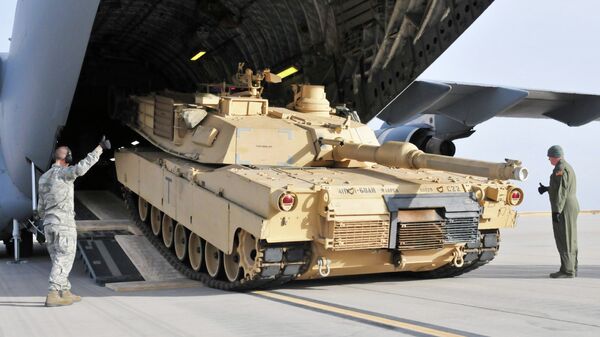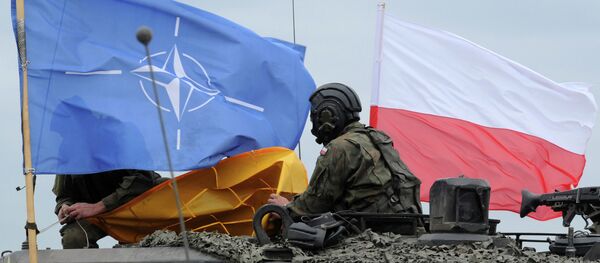According to a statement released Thursday, the Army will hold an industry day on Tuesday at Fort Benning, Georgia, to discuss requirements for a light-armored vehicle, and how it could perform in the areas of mobility, protection, sustainability, energy use, cyber capabilities and transportability.
The statement said that the MPF program, "will be a lightweight combat vehicle that provides the Infantry Brigade Combat Team long range, precision direct fire capability that ensures freedom of movement and action during joint expeditionary maneuver and joint combined arms operations."
Lt. Gen. John Murray, deputy chief of staff for programs (G8); Maj. Gen. Eric Wesley, commanding general of the Maneuver Center of Excellence; Col. William Nuckols, director of the maneuver requirements division and Brig. Gen. David Bassett, program executive officer for ground combat systems, are all slated to speak.
The Army recently conducted a live-fire demonstration of 30 mm cannons mounted on the Light Armored Vehicle (Combat Reconnaissance Vehicle) and the Flyer Advanced Light Strike Vehicle. Both vehicles are manufactured by General Dynamics Corp.
Featured at the exercise was the prototype of the ground mobility vehicle 1.1, firing the M230-LF 30 mm cannon, along with a prototype for a light-armored combat-reconnaissance vehicle outfitted with a Kongsberg turret, firing an integrated MK44 30 mm cannon.
The Army’s Light Reconnaissance Vehicle program was canceled in June and redirected to outfit cavalry scout units with the Joint Light Tactical Vehicle, a more general-purpose technology.
The decision to halt the program was decided in August 2015, after a two-week vehicle assessment held at Benning in which six companies took part of a platform demonstration to evaluate multiple prototypes. Officials maintain that scout units in infantry brigade combat teams will be equipped with JLTVs with sensor and weapons upgrades.




